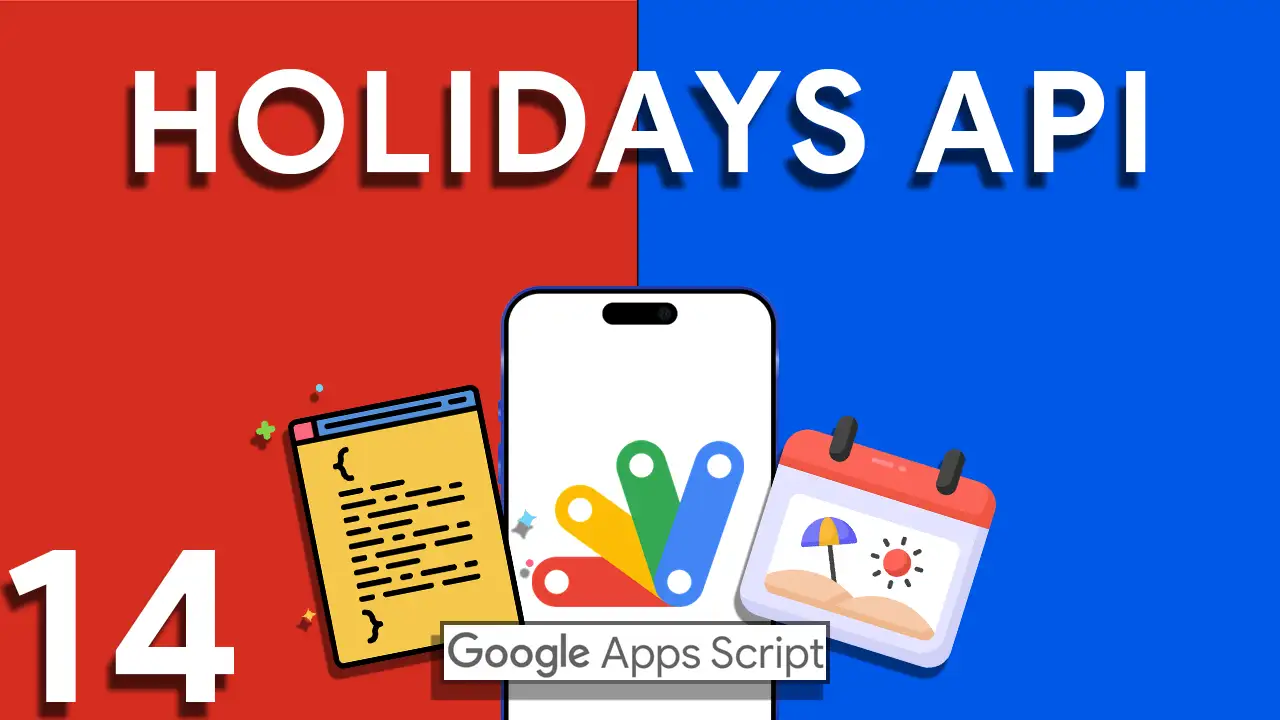Data presentation is a critical aspect of app development, and AppSheet excels in this arena with its Conditional Formatting feature. In this comprehensive blog post, we’ll delve deep into the art of AppSheet Conditional Formatting using colors, exploring how to visually represent your data for better insights. This guide is designed for professionals and app creators seeking to harness the full potential of data visualization in their AppSheet applications.
The Power of AppSheet Conditional Formatting
Conditional Formatting with colors is a powerful tool that allows you to highlight, emphasize, and differentiate data within your app based on specific conditions or criteria. This feature not only improves data readability but also enhances user experience by making information more accessible and actionable.
Let’s start by understanding the core elements of Conditional Formatting in AppSheet:
- Rules and Conditions: Conditional Formatting relies on predefined rules and conditions that you set for your data. These conditions determine when and how the formatting should be applied.
- Color Palette: AppSheet offers a rich color palette that you can use to apply colors to your data based on conditions. Custom color schemes can be created to match your app’s branding.
- Dynamic Formatting: Conditional Formatting in AppSheet is dynamic, meaning it updates in real-time as data changes or as users interact with your app. This ensures that your visuals always reflect the most current information.
- Multiple Criteria: You can set up multiple criteria and rules within a single Conditional Formatting rule, allowing for complex and layered data visualization.
Implementing Conditional Formatting in AppSheet
Now that we’ve covered the essentials, let’s explore how to implement Conditional Formatting using colors in your AppSheet app:
Step 1: Define Your Conditions
- Identify the specific conditions or criteria under which you want to apply conditional formatting. For example, you might want to highlight overdue tasks or high-priority items.
Step 2: Create Conditional Formatting Rules
- In AppSheet, navigate to the View > Format section and select the column you want to format.
- Add a new Format Rule, specifying the condition, the color to apply, and any additional formatting options.
Step 3: Test and Refine
- Test your Conditional Formatting rules within your app to ensure they behave as expected.
- Refine your rules as needed to achieve the desired visual representation of your data.
Step 4: Optimize for User Experience
- Consider the overall user experience and how the visual cues provided by Conditional Formatting enhance the usability and effectiveness of your app.







